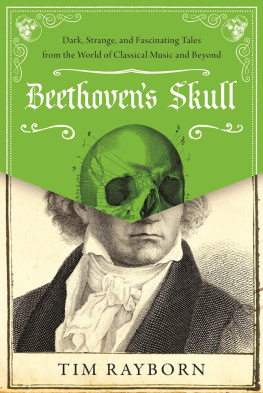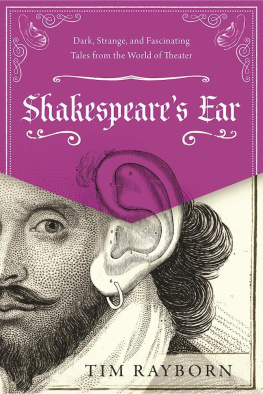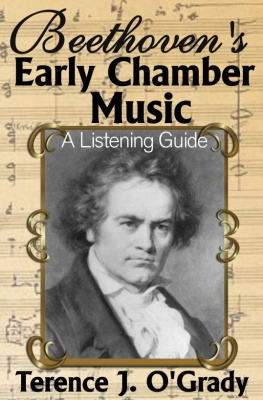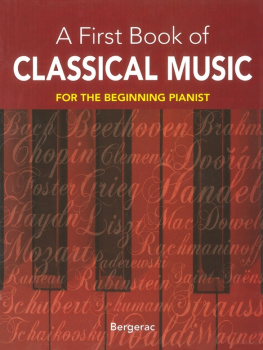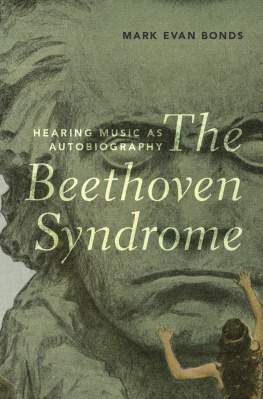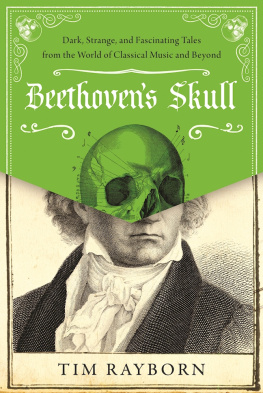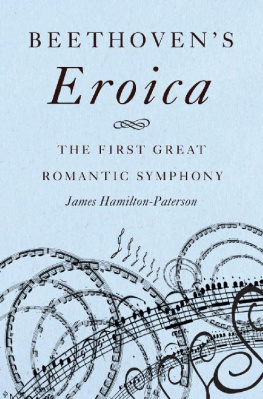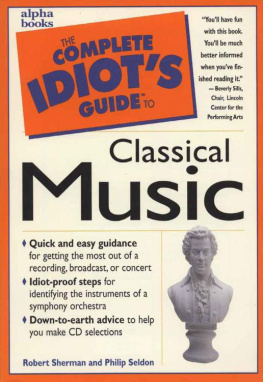Copyright 2016 by Tim Rayborn
All rights reserved. No part of this book may be reproduced in any manner without the express written consent of the publisher, except in the case of brief excerpts in critical reviews or articles. All inquiries should be addressed to Skyhorse Publishing, 307 West 36th Street, 11th Floor, New York, NY 10018.
Skyhorse Publishing books may be purchased in bulk at special discounts for sales promotion, corporate gifts, fund-raising, or educational purposes. Special editions can also be created to specifications. For details, contact the Special Sales Department, Skyhorse Publishing, 307 West 36th Street, 11th Floor, New York, NY 10018 or .
Skyhorse and Skyhorse Publishing are registered trademarks of Skyhorse Publishing, Inc., a Delaware corporation.
Visit our website at www.skyhorsepublishing.com.
10 9 8 7 6 5 4 3 2 1
Library of Congress Cataloging-in-Publication Data is available on file.
Cover design by Rain Saukas
Print ISBN: 978-1-5107-1271-3
Ebook ISBN: 978-1-5107-1272-0
Printed in the United States of America
Contents
Introduction
The Grim and the Unusual in the History of Western Music
A dmit it, we all love a good gruesome story. The lure of the morbid and the grotesque, the forbidden and the terrifying fuels an endless number of horror movies, video games, novels, tabloid news outlets, conspiracy websites, reality TV shows, and boy bands. In this book, you will read about a hidden history, a behind-the-scenes look at some of the most unusual and frequently awful moments in music over the last two thousand years and even earlier.
When you ask people what their favorite subject in school was, History rarely seems to be at the top of the list. This is unfortunate and rather sad, because its a wonderful and thrilling topic, one that is increasingly important in our very complex world. Far too many folks seem to associate the whole thing with endless boring names, dates, lists, battles, and goings-on in countries that no longer exist, involving dead people with unpronounceable names.
When you ask people what their favorite genre of music is, so-called classical music is also rarely at the top of the list, at least in the United States. Many in Europe and Asia love it, and to be fair, it has a devoted, if not huge, following in the USA. But many people wrongly associate it with snobbery, pretentiousness, and a general incomprehensibility: long, boring works written by dead composers with even less pronounceable names. It seems that the Euro-American culture that gave birth to this music has somewhat abandoned it for newer and cooler genres. The rise in popularity of music downloading (legal and otherwise) has made the idea of the classical record album seem even more obsolete. Then again, vinyl records have made a big comeback recently, and very few people saw that coming.
So in an effort to either completely obliterate the last remaining chances of making either genre interesting, or in the hope that two negatives will add up to a positive, this book combines both subjects to give the reader a sort-of introductory history to classical music, but with a significant, morbid twist. One thing to note: a few stories here go beyond the classical label, because they were simply too good and grim to pass up! There is a bit of jazz, some rock and pop, a smattering of folk, and some other music that defies categorization. Seriously, what genre is fairy music exactly? Pseudo-Celtic? Mythical crossover? Music of the Rich and Fey-mous? ( Note : this may not be the last pun that you encounter in this book; there will be no apologies for this.)
No matter, the pages that follow will not bore you with mere dates and lists or expect you to pronounce a barrage of unfamiliar names on the first trythough maybe on the second or third. Instead, you will be treated to all manner of strange and surprising stories: tales of violence, revenge, blood and guts, death, disease, love won and lost, despair, decapitation and the removal of other specific body parts, ghosts, horrific nursery rhymes and fairy tales, magic, murder, war, and worst of all, cell phones.
Part I will introduce you to a good number of composers, from ancient Greece to the twentieth century. You will know some. Others will be new to you. Others you might want to forget. What they have in common is that they all led very odd lives and/or met with particularly unpleasant ends, and their fates were sometimes quite funny. These are the stories you dont often find in CD notes, or even in music history classes. You have been deprived, and now is the time to fix that!
People often believe that artists of any kind must suffer for their art for it truly to be great. The romantic notion is of the painter, the poet, or the composer living in splendid squalor in a Parisian dive. Here he avoids creditors, sends away his pregnant mistress, knocks back hard liquor, and pounds out tortured masterpieces that will only be appreciated after his untimely death from liver disease, a self-inflicted gunshot wound, or a broken heart. Or perhaps its the haunted Gothic writer or pianist. He creates after midnight (a dark and stormy one, of course) and lives a reclusive life in a lavish room lit only by a few candles (their light flickering in the empty eye sockets of a skull on the desk). He also knocks back hard liquor and pounds out tortured masterpieces that will only be appreciated after his untimely death from liver disease, a self-inflicted dagger wound, or a broken heart.
A surprising number of composers, if not exactly living the script to a Hammer Horror film, had to deal with some pretty violent, morbid, and completely strange events as a background to their creativity. It wasnt just their inner worlds that were in turmoil; many of them were also hit with hardships and tragedies from outside, often due to their inability to cope with life and all of its ups and downs. Alcohol, drugs, or retreats into delusions were frequently their only escapes from the stresses that normal society imposed on them, but out of these troubles could come great works of music that have endured through the years.
There were others who just seemed to have no luck, drew the short stick, and got dealt a bad hand in life. Some held very odd beliefs or did very strange things. Some engaged in criminal activities and/or behaviors that were frowned upon by either church or state, sometimes both. The ability to put pretty musical notes on paper was no guarantee of being an upstanding citizen, and there were those in our cast of musical stars (or rogues gallery) who were reprobates of the very worst sort.
Here is an assortment of grotesque, bloody, tragic, macabre, or just plain odd facts, fancies, truths, and legends about some of the most famous (and most obscure) composers and musicians in Western music history. They appear in roughly chronological order, divided by the eras in which their music is usually classified: ancient, medieval, Renaissance, Baroque, Classical, Romantic, and modernthese eras coincide more or less with those also used in art history. Some of these tales are doubtful or even outright fabricated, more so the further back in time that one looks. The facts have never gotten in the way of a good story, then as now. There were no fact-checkers, social networks, blogs, or comment sections to keep them honest. Some stories, however, are very real and well documented. This mixture of fact and fiction should provide you with a good sense of just how strange and often twisted the history of Western music can be. So if you think youre having a bad day, try reading through a few of these and you might feel better.

